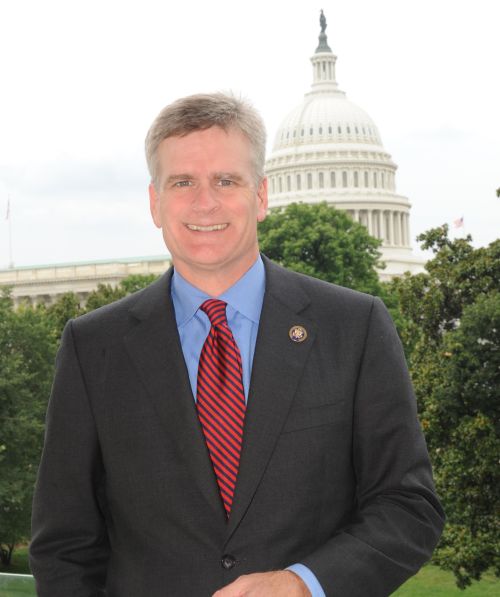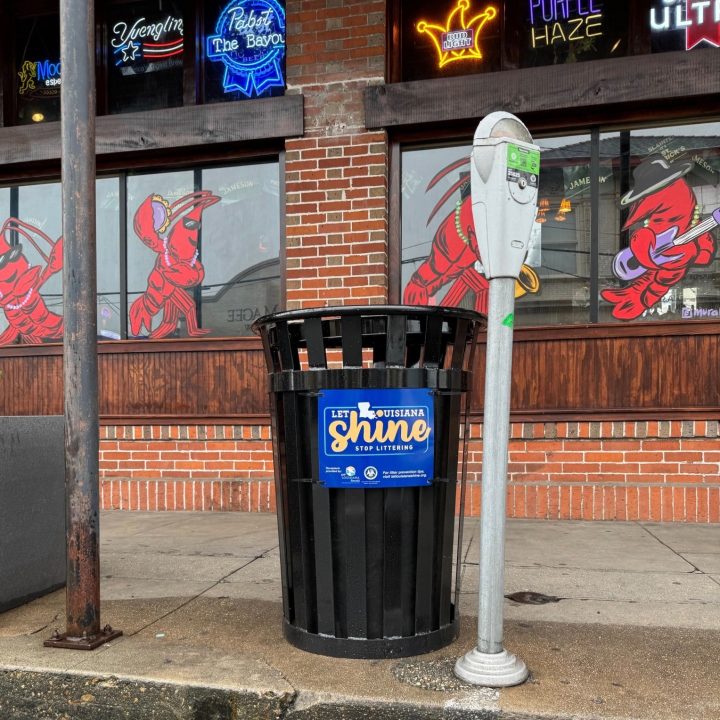Traffic ticket late fees forgiven
April 10, 2013
Cassidy to run against Landrieu
April 10, 2013Bayou Cane Fire Department Station 3 in back up and running thanks to some spring cleaning that had nothing to do with knocking dust bunnies off the ladder trucks and extraction equipment.
“We needed to get our house in order, and I put myself in the taxpayer shoes,” said BCFD fire chief Ken Himel. “Some residents asked, ‘Why weren’t these things changed before?’ I know it sounds like a bad answer, but I wasn’t fire chief then. Sure, I thought some things could be changed, but at that time I wasn’t in the position to change them.”
In November 2012, three months after Himel stepped into the fire chief boots and less than a month after a 10 mill tax increase for the fire department failed to pass, Station 3, located on Savanne Road near La. Highway 311, was temporarily closed due to budget constraints.
“I heard several comments that we should have had the changes before we asked for the mill increase,” Himel said. “They said that we went to too many frivolous calls, and I can’t say that I disagreed.”
“Under the old administration, the department ran to calls for people who had a headache or stomachache,” he continued. “My dad had cancer, and I understand that sometimes a stomachache or a headache can sometimes be something more serious, but a headache can be caused by 100 different things. We are not an ambulance, but we do provide a valuable medical service when it comes to things like someone going into cardiac arrest or having a heart attack, and, most of the time, we beat the ambulance to medical calls.”
After the station, which services the northwest area of Bayou Cane, was shut down, the three two-man crews that staffed Station 3 and one of the station’s smaller trucks were moved to the Central fire station, and trucks from that station or Station 4 responded to calls in Station 3’s area, increasing response times from a little more than five minutes to more than seven minutes.
“During the time the station was closed, some residents complained they did not see a difference in the station being opened or closed,” Himel said. “It does not seem like much time, but keep in mind that fire can double in size every thirty seconds, and brain damage from cardiac arrest begins in four to six minutes.”
While working out of the Central fire station, the Station 3 truck was only dispatched to extractions and vehicle accidents with confirmed serious injuries, and Himel, who has been a fireman for more than 20 years, finally saw a way to resuscitate the closed station.
“If we only went to those serious calls, not the ‘I backed into a light pole at the mall’ stuff and kept it small (going to fewer calls), then we could reopen the fire station,” he said. “Our trucks were on the road too much.”
In addition to scaling back the number of runs from almost 200 to about 100 a month and lowering spending on fuel and truck maintenance, Himel has also narrowed down which vehicles are used for different calls. Before the overhaul, the closest engine to a call would be sent out, but now medical calls and vehicle accidents are worked by a smaller squad truck from the Central Station.
“We have no complaints about the call cutbacks,” Himel said. “Some of these people were looking for a ride to the hospital, but we won’t give you a ride to the hospital.”
While reducing the call outs will certainly add to the department’s coffers, the changes do not necessarily equal a reduced workload for the fireman of Bayou Cane.
“Since November, we have had seven open positions that have not been filled, but this has also helped us reopen Station 3,” Himel said. “We’re short on firefighters, a training officer and two inspectors. We’re doing in-house training to get all of the firemen certified for inspections. I’ve been doing the inspections, but now they will be able to help look for minor stuff when inspecting things, like looking for hazards or things that we would have to respond to later if they are not corrected.”
Himel is also examining how the department could benefit from using the parish’s purchasing program to stock the firehouses with items like rugs, cleaning supplies and paper products.
“It may take a while to see how it all helps, but, if we can save $1,000 a year, I can buy two pair of fire boots,” he said. “If we can trim like that in seven or eight other categories, we will really be getting somewhere. We will need some new equipment soon, too. It was all purchased at same time, so it will all go out at same time. I can’t put a number on what we are saving yet, but I think we will see it first in the fuel reports.”
In the meantime, the fire department’s leader is confident Station 3 will remain open.
“We will only close if we are short staffed because someone is out sick,” Himel said. “We, fireman and residents, will all get to sleep a little better at night. They know we are there, and we know we are there in case of an emergency. We can still provide a certain level of service, and we want to have station that the public can be proud of. We have turned a corner, and we are getting things in order.”
Capt. Cody Hebert and fireman Garret Edwards make up one of Station 3’s two-man crews, and the pair will soon celebrate their one-month anniversary at the fire station.
“We were both moved here from Central when the station reopened, and we will probably work here for a year before we are rotated to another station,” Hebert said. “It’s pretty quiet here, and Central and Station 4 are the definitely the busiest. In the last two months, the only major thing we have done on our own was put out a grass fire.”
Hebert, originally from Pierre Part, has been a fireman for 10 years and has been with BCFD since 2006.
“I wanted to be fireman since I was five years old,” he said. “I was one of the few kids who knew exactly what I wanted to do at a young age.”
“I decided to be a fireman when I was 18,” Edwards said. “It seemed like a good thing to do, and it’s the best job in the world.”
Edwards, from New Orleans, has been with the department for five years.
As employees at a business that considers no business to be good business, he and his captain agreed that the low number of call outs give them plenty of time to prepare, but the two man job can become a tough job when out on a fire call.
“We’ve got plenty time to make sure things are ready in case we have to go,” Hebert said. “About 90 percent of our job is prep work. We check our equipment to make sure it works and clean it in case we get calls. It gets rough when we head to fire with just us two. One is pumping and the other one is packing out. You get tired really quickly. We really need to have three guys – one to pump, one to set up and one to pack out – but we make do.”
“We get beat-down tired pretty quickly at fires or bad car wrecks,” Edwards said. “You almost need two trucks to have the manpower to do an extraction, and you can get tired in 30 minutes at a house fire.”
Bayou Cane Fire Department Station 3 firemen Capt. Cody Hebert and Garret Edwards check the equipment on one of the station’s trucks. Station 3 recently reopened after being temporarily shut due to budget constraints.










